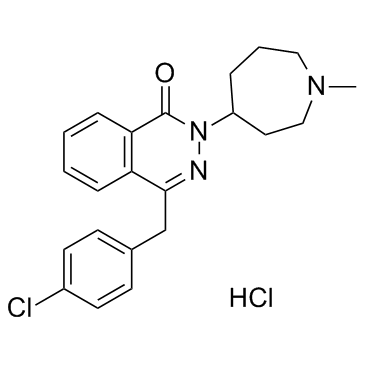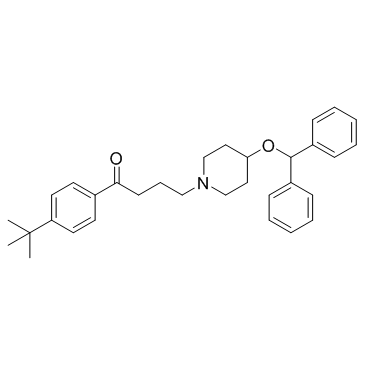| Structure | Name/CAS No. | Articles |
|---|---|---|
 |
azelastine hydrochloride
CAS:79307-93-0 |
|
 |
Ebastine
CAS:90729-43-4 |